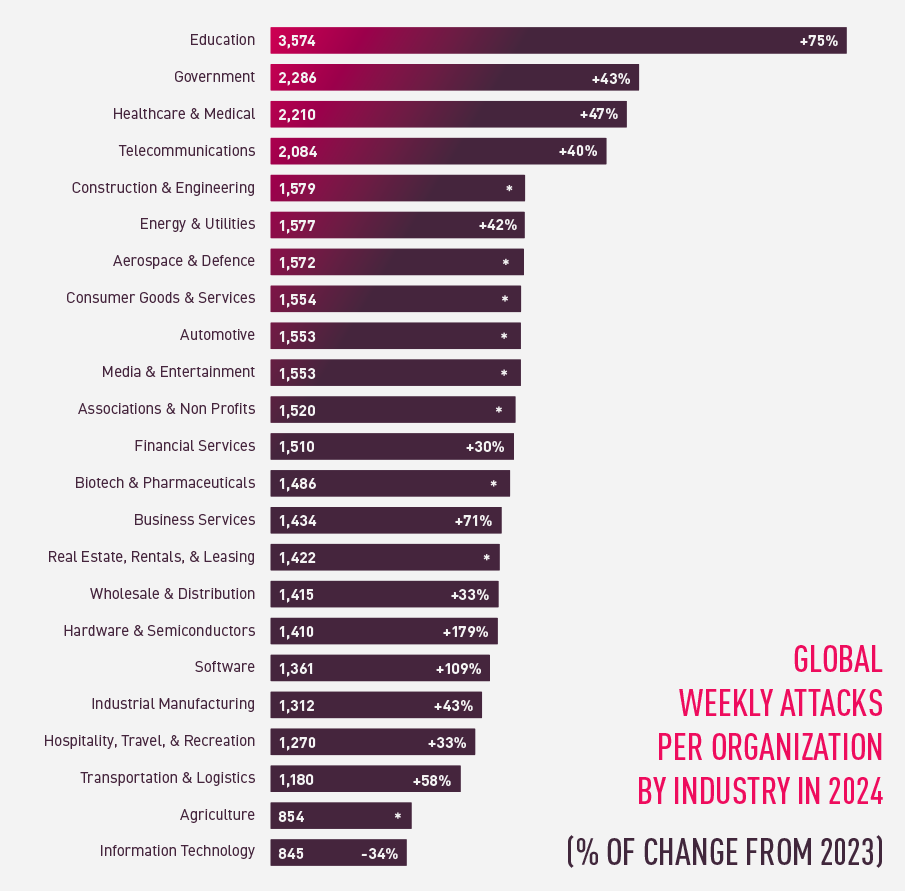Boards need IT specialists now more than ever

Boards and their members have fiduciary and governing responsibility for the organizations they serve and all stakeholders. Now more than ever, this includes identifying and mitigating cyber and digital threats and ensuring they’re prepared to contain and communicate breaches should they occur. If a board lacks the IT knowledge to perform this role, it is time for the board to seek these specialist skills. Ideally, the board should appoint a skilled IT specialist as an independent board director, even if this means selecting someone they would traditionally overlook because they did not tick all the boxes.
Post-COVID digital risk
Information technology is integral to any organization, regardless of size, industry and business model. For some, the adoption of new software, technology and business practices was not planned, forced on them during and, more so, post-COVID.
Staff were initially forced to work from home, with many organizations now adopting a hybrid workforce and non-traditional in-house offices. This requires digitally available administration, processes, communication, resources, and documents and access to networks from various places and devices. Info stealer malware poses a significant risk by stealing credentials and session cookies from individual devices. The Forrester: State of Data Security, 2024 report found that 21% of enterprise breaches in the previous 12 months were due to an external attack on an employee’s device working from home or in a remote environment.
Even post-COVID, negotiations, sales, and contracts are finalized online, not face-to-face. Cash transactions have been replaced with digital transactions, regardless of the transaction amount. This sensitive data is stored in numerous virtual clouds.
During COVID, organizations had no choice but to act quickly and adopt new technologies, apps and software to survive. The organizations and their boards lacked the time, resources and expertise to evaluate potential risks in implementing these technologies. Many of these technologies are now the foundation of their business operations.
Unfortunately, smaller organizations and charities are still easy targets because they lack the funds and technical expertize to foresee risks and implement adequate new systems and software to mitigate them.
Where do boards currently stand?
It will not surprise you to learn that the cybers and data security risks to organizations have increased, as have the complexity and number of attacks.
Check Point Software’s 2025 Security Report shows the magnitude of the situation globally. In 2024, the number of weekly attacks significantly increased across most sectors. The education, healthcare, telecommunications and government sectors are proving particularly popular due to the amount and sensitivity of the information they hold.
Technology and supply chain organizations have also experienced a significant surge in software and hardware attacks. As a result, they have become prime targets for cybercriminals seeking to exploit supply chain vulnerabilities for financial gain, espionage or disruption.

The top cyber threats organizations are vulnerable to are:
- Ransomware attacks
- Email fraud and business email compromise
- Cloud data breaches
- Software supply chain attacks
- Disruption of services attacks
- Malware attacks
The risks presented by AI
As we enter 2025, we are beginning to identify clear risks to organizations associated with AI technologies’ external and internal adoption. Cybercriminals have been the first to recognize the potential of generative AI. This technology is sophisticated, with algorithms that simulate the learning and decision-making processes of the human brain. Generative AI can create many types of content, including text, images, video, speech, artwork, data simulations and software code.
External risks to organizations from this technology include producing deep fake images, video and audio, more sophisticated phishing emails, false data and reporting, fake news and code hacking. AI technology facilitates cybercriminals to intensify their activities by reducing the time and technical knowledge needed to conduct their attacks.
Organizations fail to identify and mitigate the risks of using AI technology. As AI technologies and software are being adopted formally and informally into workplace environments, the potential for breaches of confidential data, sensitive commercial material and intellectual property caused by employees inadvertently sharing information with open-source AI platforms like ChatGPT or Google’s Gemini is significant. Employees might input confidential information, such as financials, to generate reports or analyses, often without realizing that unauthorized individuals could access this data.
The financial and legal implications
For organizations and boards, mitigating technology and data risks is more than meeting the data and privacy legislation relevant to their location, governments, or industry. Boards must protect the interests of all stakeholders and consider their liability. In some jurisdictions, board members may be held personally liable if they do not exercise reasonable care and due diligence.
If an organization fails to protect stakeholders, regulators may enforce its legal powers, and victims will seek compensation. Organizations may also face a class action from shareholders and customers, which could ultimately cost millions of dollars in legal fees, settlement payouts, plus loss in sales and reputation.
In the US and Canada, class actions against corporations following breaches of sensitive personal and business data are increasing. In the last decade, numerous well-known organizations have faced consumer class action lawsuits for violations of data privacy laws. The settlements in data breach class actions have reached well into the millions: Home Depot ($200 Million); Capital One ($190 Million); Uber ($148 Million); Morgan Stanley ($120 Million); and Yahoo! ($85 Million).
Class actions aside, data breaches are financially destructive. The IBM Cost of a Data Breach Report 2024 estimates the global average cost of a data breach at US$ 4.4 million. Costs add up, and so does the pressure on the board, with the average time to contain a breach after detection in 73 days.
Boards must incorporate IT specialist’s skills
The Cybersecurity: The 2023 Board Perspective Report found that 73% of board members globally believe their organisation faces a significant cyberattack risk. Of these, 53% think that their organizations are underprepared to cope. There are concerns that current economic issues may be taking precedence and that some board members no longer see cybersecurity as the day-to-day issue it was during COVID.
Boards will be increasingly exposed, legally and reputational, if they are not making decisions to mitigate cyber risk. They must be prepared to communicate any breaches to stakeholders effectively if and when they occur. To do so, they must have IT specialist skills represented on their boards.
Completing a board skill matrix will identify gaps in skills and competencies in cyber risk and IT. The organization must then determine the best way to fill any gaps identified. This may be possible via the upskilling of a current board director, but it is most likely that they need to appoint a new board director (internal or external) with the required specialist IT skills. Gaining these IT skills is essential and should be prioritized over more common skills such as finance and governance.
If organizations cannot appoint or find an IT board member within a reasonable time, another option is to establish an IT advisory committee or engage an experienced external IT cybersecurity consultant to report directly to the board.
For those seeking Board Roles
If you are an IT specialist, you are in the box seat and need to pitch yourself accordingly. When preparing your board pitch, board resume and LinkedIn profile, ensure you articulate your specialist IT skills and their value at the board level. Look for board roles where you may not tick all the boxes but can identify how your IT skills are valuable to that board and the organization. Your IT expertize and insights should, now more than ever, take precedence over some of the conventional attributes that a chair seeks when selecting a new director. However, don’t take it for granted that this will be readily apparent to them. You must clearly define their risks and demonstrate how your skills can provide valuable solutions.
If you are not an IT specialist, you should consider gaining and keeping up with IT knowledge, particularly in cyber security. I believe more boards will seek IT specialists or directors with IT knowledge. So, instead of investing your time and money in governance courses, consider courses and certifications in IT, risk management and cyber security.
Related Articles
What are the selection criteria for independent board members?
Articulate your way to a Board Seat with a powerful Board Value Position
About the Author
David Schwarz is CEO & Founder of Board Appointments. He has over a decade of experience in putting people on boards as an international headhunter and recruiter. He has interviewed hundreds of directors and placed hundreds into some of the most significant public, private and NFP director roles in the world.







Responses